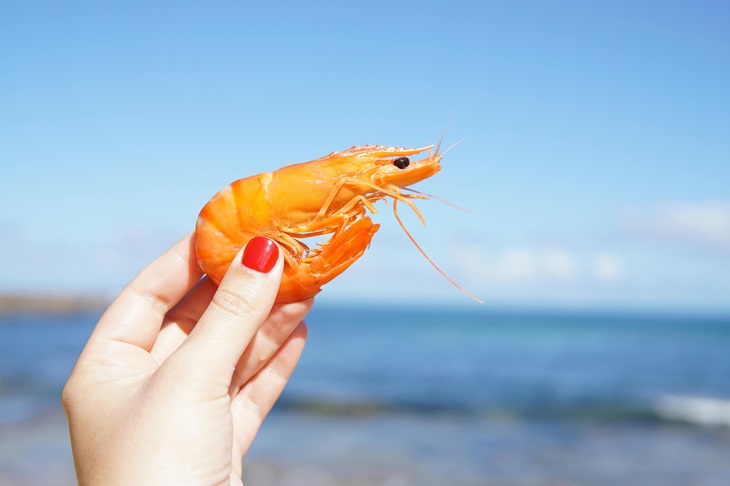Most Australians wouldn’t think twice about throwing a ‘shrimp on the barbie’ with their mates… This Aussie tradition is an iconic custom often used in homely backyards, picturesque riverside parks, and outdoor locations throughout the year.
However, how many Aussies sit around holding a glass of white wine or a beer mulling over whether or not their prawn cocktail or prawn satay skewer contains neonicotinoids?
To throw on the barbie, or not? That is the question…
Maxine Rowley’s damning report, Identifying pesticides in Hearnes Lake catchment waterways, published on November 23, 2022, contains alarming evidence that suggests neonicotinoids may have been found in local...
Already a subscriber? Log in
Subscribe for just $2 a week
Try a month of The Spectator Australia absolutely free and without commitment. Not only that but – if you choose to continue – you’ll pay just $2 a week for your first year.
- Unlimited access to spectator.com.au and app
- The weekly edition on the Spectator Australia app
- Spectator podcasts and newsletters
- Full access to spectator.co.uk


























Comments
Don't miss out
Join the conversation with other Spectator Australia readers. Subscribe to leave a comment.
SUBSCRIBEAlready a subscriber? Log in